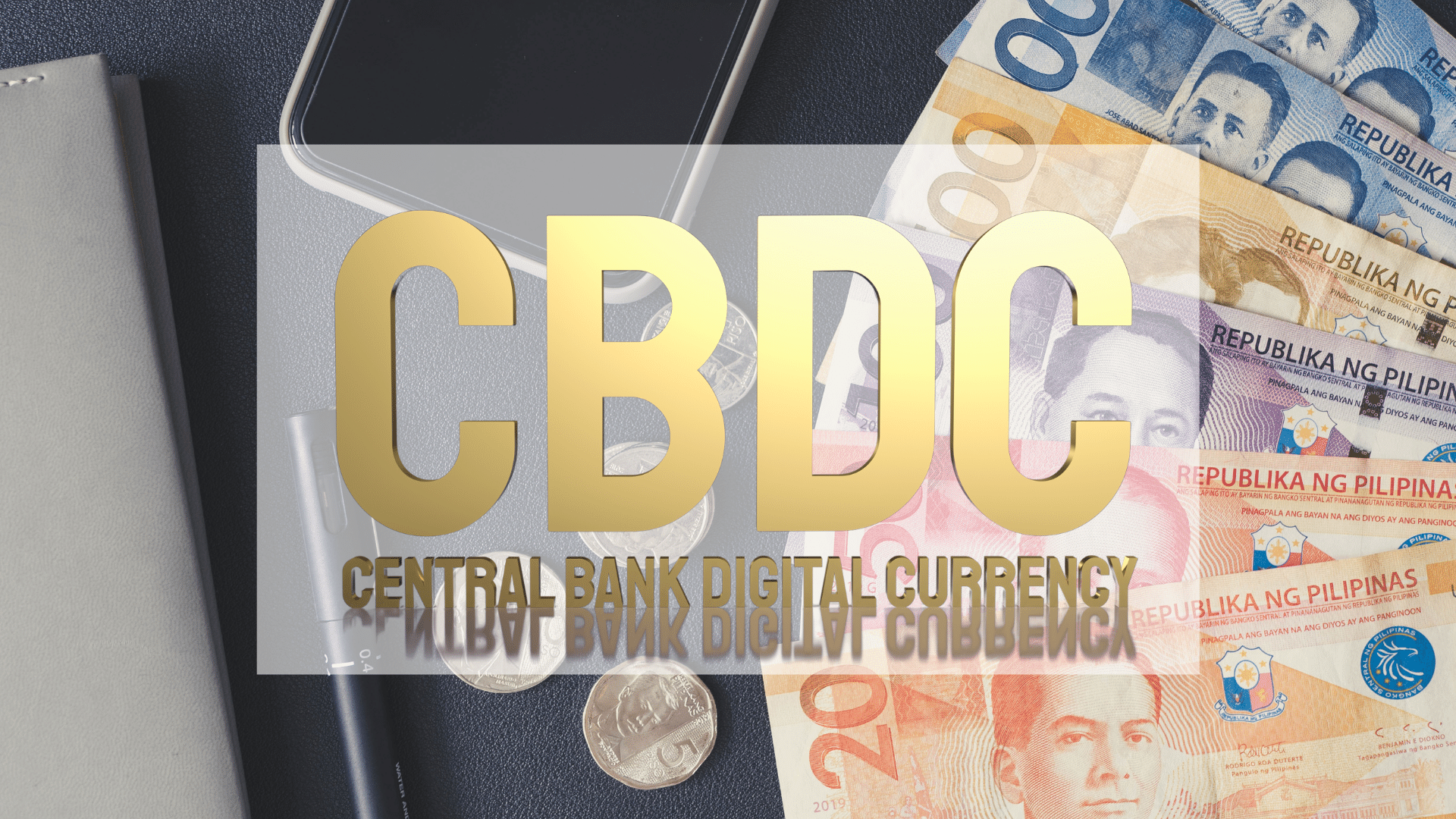THE BANGKO SENTRAL ng Pilipinas (BSP) is now working on a pilot project with selected financial institutions to explore the usage of wholesale central bank digital currency (CBDC) for large-value financial transactions.
The subject of the pilot project is the CBDC's use to transfer large-value financial transactions on a 24 [hours] by 7 [days] basis, among a selected number of financial institutions but eventually covering both banks and nonbank entities.
What is Digital Currency?
Any money or payment that solely exists in electronic form is a digital currency. Digital cash does not have a physical form like a bill, cheque, or coin but instead is being tracked and transferred via computerized electrical codes. As payments are becoming more digital as technology becomes more prevalent, people are now shifting to Digital Currency and less the real money.
What is a CBDC?
A Central Bank Digital Currency or CBDC is a digital form of money issued by a country's central bank and, as such, would be a liability to that central bank.
How does Digital Currency work, and what are the types of CBDCs?
Digital currency is based on the blockchain, a decentralized public database that keeps track of all transactions and is updated by currency holders.
Cryptocurrency is created through a process known as mining, which involves employing computer processing power to solve complex mathematical problems that result in coins. Moreover, users can also purchase the currencies through brokers, then store and spend them through encrypted wallets.
There are two types of CBDCs: wholesale CBDCs and retail CBDCs.
Wholesale CBDCs are only available to financial institutions and are used in transactions between them and central banks. Unlike significant bank money, wholesale CBDCs are available 24 hours a day, seven days a week.
Retail CBDCs, As the name implies, are designed for retail transactions and can be used by individuals, organizations, and small businesses.
Token-based CBDCs rely on the payee to validate the transaction's validity, whereas account-based CBDCs rely on the account holder's identification to verify the transaction's validity.
What is Project CBDCPh?
Project CBDCPh is BSP-led exploratory research aimed at providing a comprehensive picture of the potential impact of CBDCs on the Philippine financial system. Project CBDCPh aims to identify essential CBDC characteristics and address frictions in the current national payment system, particularly regarding security, efficiency, and dependability.
Given that the bulk of the population still uses cash, the BSP has suggested that it is unlikely to create its own Central Bank Digital Currency in the near future. BSP, instead, will continue to track CBDC developments in the United States and around the world.
What are the features and characteristics of CBDCs if it's implemented?
CBDCs can have unique design features and properties because they are programmable money. The following are some characteristics and traits:
Anonymity
Given the concerns about money laundering and terrorism financing, a token-based CBDC can be built to guarantee anonymity. However, the extent can be controlled.
Transfer mechanism
CBDCs can be exchanged directly between users or through an intermediary such as a central bank, third-party agent, or commercial bank.
Limits or caps
To offset the potential negative impact on particular sectors of the economy, a limit or limitation on CBDC holdings can be implemented.
Availability
CBDCs are available around the clock, seven days a week, and not just during central bank opening hours.
What are the possible effects of the BSPs Digital Currency Pilot Project?
One of the critical advantages of issuing a CBDC in the Philippines is that it has the ability to improve financial inclusion. CBDCs can leverage mobile technologies to expand access to financial services for rural households and other groups that are currently underserved by the banking sector. The country's economy is still heavily focused on cash, with most establishments accepting cash as the only method of payment, which is expensive, hazardous, and encourages the black economy.
The Philippines has a substantial unbanked and underbanked population, with 66 percent of the population lacking access to traditional banking or equivalent financial institutions. By 2023, the BSP hopes to increase the number of banked people to 70%, with 50% of payments made online.
The COVID-19 pandemic drove the country's first wave of digital transformation, with the Philippines having the most significant percentage of first-time users of digital payment methods (37%). Fifteen percent was the area average. As a result, digital payments accounted for 20% of all financial transactions in the country in 2020, up from 14% in 2019. E-money transactions totaled 2.39 trillion PHP (US$46.5 million) in 2020, up 61 percent from the previous year.
Regulators and Project Contributors
Project CBDCPH is led by an intersectoral project management team that ensures coverage of important operating areas. Wholesale CBDCs, according to the BSP governor, might also help with the intraday liquidity facility, which is yet not fully automated. According to the central bank, the pilot initiative would help it improve its capability for operationalizing CBDCs. Policy and regulatory considerations, technology infrastructure, governance, and organizational requirements, legal issues, payment and settlement models, reconciliation procedures, and risk management are all addressed in the project.
Monetary Policies for Broader Financial Inclusion
The BSP has previously stated that CBDCs offer new monetary policy alternatives, increased competition and innovation among financial industry actors, and broader financial inclusion.
The BSP's push for financial inclusion and payment digitalization are mutually reinforcing: they go hand in hand, with one allowing the other. The BSP promotes financial inclusion by continuing to stimulate the growth and development of digital payment innovations through supporting laws and regulations. Digital payment innovations reduce transaction costs and remove the hurdles to maintaining a transaction account that is frequently mentioned.
The growing use of the internet and the introduction of technological advances have made digital payments more prevalent, accessible, and affordable, accelerating the shift away from cash. Furthermore, with the rapid advent of the COVID-19 global pandemic, the change to digital payments has become a necessity, as physical distance regulations become the standard in the "New Economy." Filipinos can lessen their need for mobility and avoid health concerns associated with face-to-face and over-the-counter (OTC) financial transactions by using digital payments with caution and monitoring. As the consumption of goods and services is increasingly driven by online purchases, increased use of digital payments will help Fintech enterprises participating in e-commerce industries flourish.
For more information on Vista Residences, email [email protected], follow @VistaResidencesOfficial on Facebook, Twitter, Instagram, and YouTube, or call the Marketing Office at 0999 886 4262 / 0917 582 5167.










